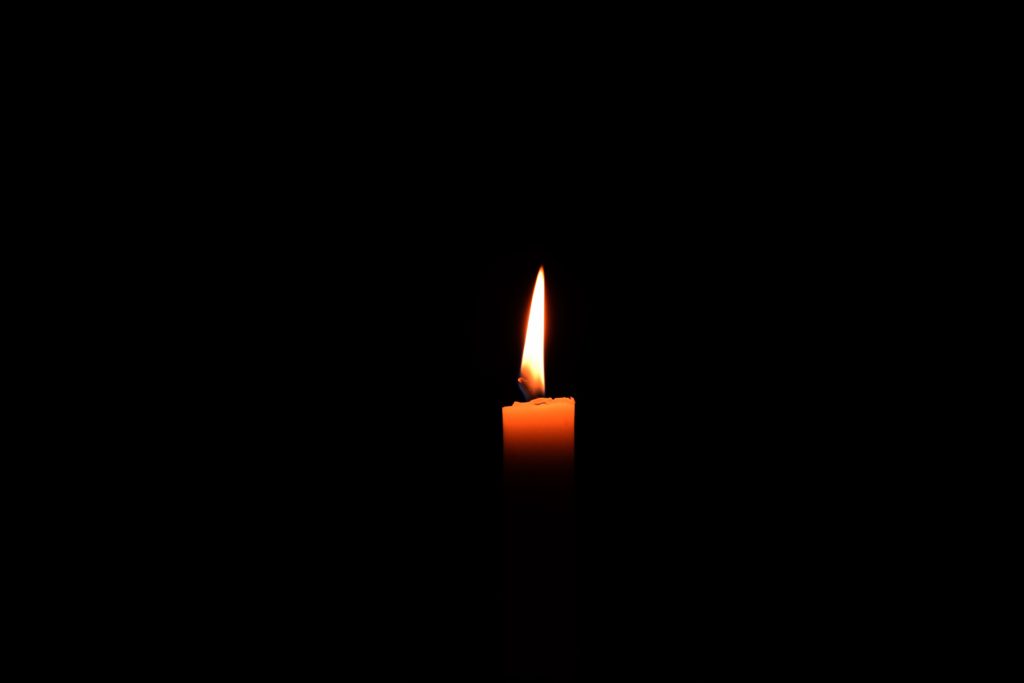
How can we pass on a story if we don’t believe it or if we don’t like its message?
Ḥanukkah is quickly approaching. Each year I struggle with the same question of how to make this holiday meaningful for my kids. Every child likes lighting candles. Every child likes delicious food. And every child definitely likes presents. But, when my oldest, or any child for that matter, asks me why we have eight candles, or what any of this is really about, I find myself struggling.
This problem is not new. Indeed, it is a very traditional problem that the Talmudic Sages faced nearly 2000 years ago. The original Ḥanukkah story that involved rededicating the Temple was a war story in which the Maccabees overthrew an adversary greater than themselves. The eight days of Ḥanukkah are said to have been the length of the victory celebration upon reclaiming and rededicating the Temple. This festival served as a new independence day for the ruling Hasmonean dynasty and had political purposes to reinforce their power.
However, in the following centuries, the Hasmoneans faded away. The Temple was destroyed. There were originally several Hasmonean holidays, but the only one that survived was Ḥanukkah, and it barely made it.
The Rabbis inherited the Festival of Lights but downplayed it tremendously.
In the over 2700 pages of the Talmud, the Rabbis spent only one page on Ḥanukkah. Not only that, but they created a brand new story. They told, for the first time, the tale of the miracle of the oil that lasted eight days. Perhaps they wanted to emphasize God’s miracles over the more earthly miracle of a military triumph. They may also have been uncomfortable with the story of the Maccabees because it exhibits great religious zealotry and Jew-on-Jew violence. This may also be the reason why the Book of Maccabees I and II are not included in the Bible. Whatever the cause, the story of Ḥanukkah was deliberately retold in a way that suited the culture, values, and outlook of the time.
Furthermore, the Talmudic discussions made the requirements of candle lighting very minimal. The basic ritual was simply to light one candle each night. If someone wished to be “exceedingly pious” they could kindle one extra candle for every additional day. Unexpectedly, it is this exceedingly pious version which became the standard, a phenomenon of going beyond the actual law. It is very rare for a ritual stringency to be so widely practiced.
What if we value peace and pluralism over holy war and piety?
So, which of these stories, the original or the Talmudic, is best for our times? My answer is: neither. While I resonate with the triumph of the Maccabees, I do not wish to overly glorify warfare when peace is an essential value in our home. Similarly, although I see the mythical beauty of the miracle of oil, this does not hit home with our family’s understanding of God and places the meaning of Ḥanukkah in a distant past with Temple rituals (including animal sacrifice!) to which I do not wish to return.
In the same way that the Rabbis looked back to ask what meaning they wished to bring forward and what aspects to leave in the background, we can all choose to retell the story of Ḥanukkah today.
The Maccabean revolt was nothing if not a tale of perseverance when things looked bleak. Like a sudden light, says ancient Jewish historian Josephus, did our right to serve God return to us. Similarly, the increase of light through an additional candle each night won out in a nearly forgotten holiday. Ḥanukkah barely made it into the Talmud, but to this day the vast majority of Jews emphasize its practice and behave like pious observers.
New stories illuminate ancient themes in a way that burns clean
Ḥanukkah, from its very origins, was known as the Festival of Lights. It occurs at the darkest time of year. The story of triumph over negativity, of light over darkness, of kindness over hatred, is timeless and enduring. It is something I want to pass on to my kids. The Kabbalists teach that on the first day of creation, when God said, “Let there be light,” it was not a physical light but rather the primordial spiritual light of all existence. Over time, this light became hidden. During Ḥanukkah, however, a gateway is opened and we all have special access to the glimmer and the spark that is always there, right at the core of all reality. In fact, when it’s darkest is when the hidden light is most apparent.
This year with my family I want to tell stories of the light in the darkness. That will almost certainly include the tales of the 36 secret superheroes (aka the hidden tzadikim) who the mystics associate with this time of year. It will also include the story of the universe’s first light, appropriately told for a three and an eight year old, of course!
Do you have any favorite light and dark stories? Email me at info@mekorah.com — I’d love to hear them and may ask you if I can share them on my facebook page.